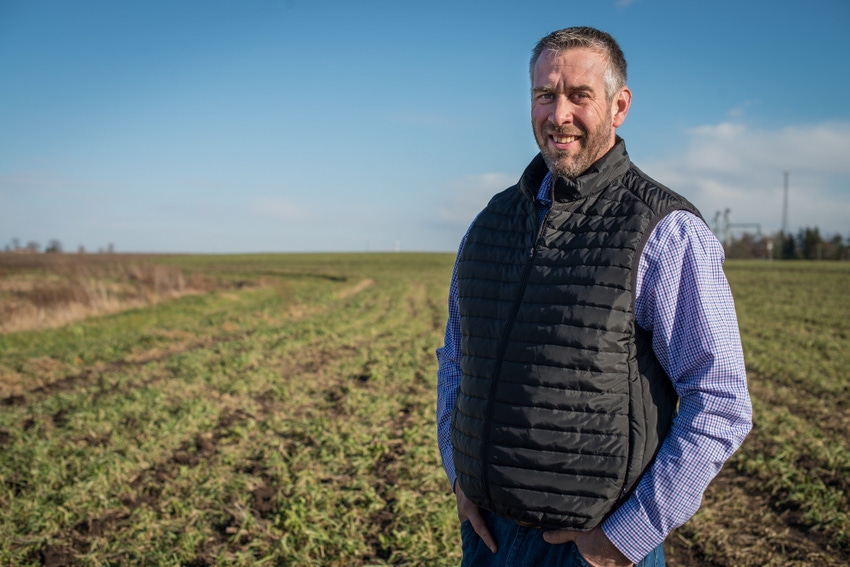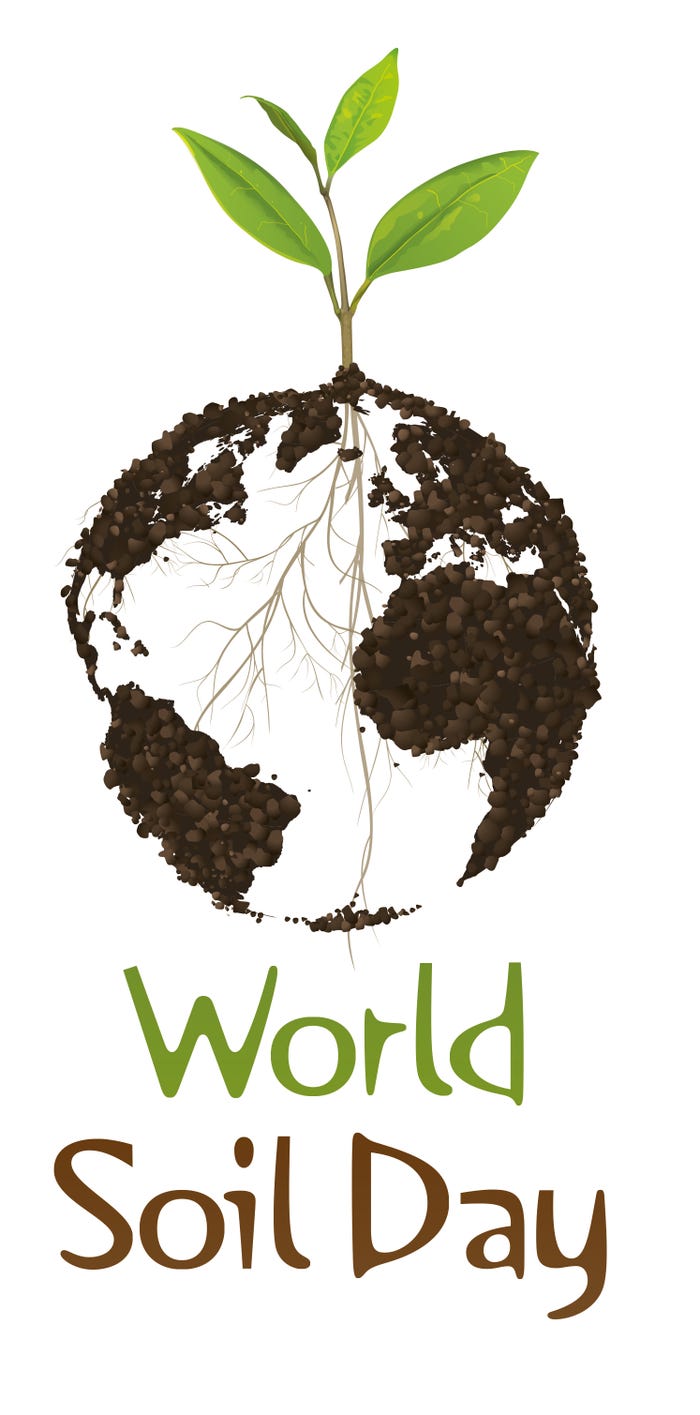December 5, 2017

Today, on World Soil Day, the nonprofit Foundation for Food and Agriculture Research announces a $9.4 million grant to the Soil Health Institute, NCGA’s Soil Health Partnership and The Nature Conservancy to improve soil health and, ultimately, support positive economic and environmental outcomes for American farmers.
The grant will be matched by General Mills, Grantham Trust, Midwest Row Crop Collaborative, Monsanto, Nestlé Purina PetCare Company, The Samuel Roberts Noble Foundation, Walmart Foundation, the Walton Family Foundation, and individual donors for a total investment of nearly $20 million.
The goal of this project is to accelerate adoption and benefits of soil health management systems nationally by supporting collaborative research and education. Soil health is a critical component of a productive and sustainable agricultural system. Farming practices that improve soil health can increase profitability while protecting natural resources like air and water for communities.

http://www.fao.org/world-soil-day/about-world-soil-day/en/
Seeking measurements, methods
However, there is no standardized measurement for soil health in the United States; instead, different sets of measurements and methods can conflict and confuse farmers and field conservationists. Furthermore, many landowners of rented farmland are not aware of the benefits soil health improvements can deliver. This project will help the industry adopt standardized measurements to evaluate and improve soil health while expanding education and tools for local farmers, agronomists, and landowners.
“If we can unlock the potential of healthy soil, we can move closer to a sustainable agricultural system for everyone,” said Sally Rockey, Ph.D., executive director of FFAR. “The Foundation for Food and Agriculture Research is pleased to harness the power of collaboration by supporting three leading organizations for the long-term benefit of our nation’s farmers and food system.”
Collaborators will take an integrated, three-pronged approach:
· The Soil Health Institute will develop and test soil health measurements
· The Soil Health Partnership will implement and evaluate soil health promoting practices on working farms
· The Nature Conservancy will work with non-operator landowners to encourage use of science-based soil health practices.
The partners believe significant engagement with farmers and landowners will catalyze greater adoption of soil health promoting practices that benefit productivity, farmer livelihoods, and the environment.
“The needs for advancing soil health are far greater than any single organization can provide – public or private," said Wayne Honeycutt, President and CEO of the Soil Health Institute. "That’s why this project is so important. This kind of partnership creates a way to advance soil health for the benefit of all who need safe, high-quality products from agriculture, natural resources to sustain human and all other life, thriving communities, and a strong economy.”
Next frontier: soil health
“American agriculture has made extraordinary strides in technology and productivity in this century, but the next frontier is in soil health,” said Nick Goeser, director of the Soil Health Partnership for NCGA. “This grant represents one of the largest investments ever made in soil health, one of the best tools we have to optimize productivity while minimizing environmental impact. It will allow us to expand our program to include more farmers who want to benefit from our body of work analyzing how practices like growing cover crops, reducing tillage and using advanced nutrient management can help family farms survive and thrive.”
“With a shared commitment to science and the improved soil health and productivity of America’s farmlands, we are pleased to be part of this collaboration,” said Larry Clemens, director of The Nature Conservancy’s North America Agriculture Program. “By engaging farmers and the landowners they rent from, we can help increase farm profitability and protect water and land resources.”
Farmers seek better soil, water
More farmers are experimenting and adopting no-till or strip till, cover crops and variable-rate nutrients to improve soil health and water quality, but greater buy-in by more farmers is needed.
Central Illinois farmer Jason Lay is setting some great examples as the third-generation at Lay Farms. Since coming home from the corporate world in 2003, he has adopted strip till, cover crops, added no-till soybeans in 2011, increased soil and stalk nitrate testing, uses variable-rate nutrients and much more.
“I am personally impressed with the partners that have come together as part of the Soil Health Partnership. Corporate partners, conservation partners and farmers—all working together toward the same goals. I plan on farming for a long while, and we have to be smarter as an industry how we do things. I can help bring about that change by adopting new practices and setting an example for others to follow,” Jason says.
To learn more about NCGA’s Soil Health Partnership and some of the farmers who find success in the program, visit http://www.soilhealthpartnership.org/farmers.html.
About the Author(s)
You May Also Like






